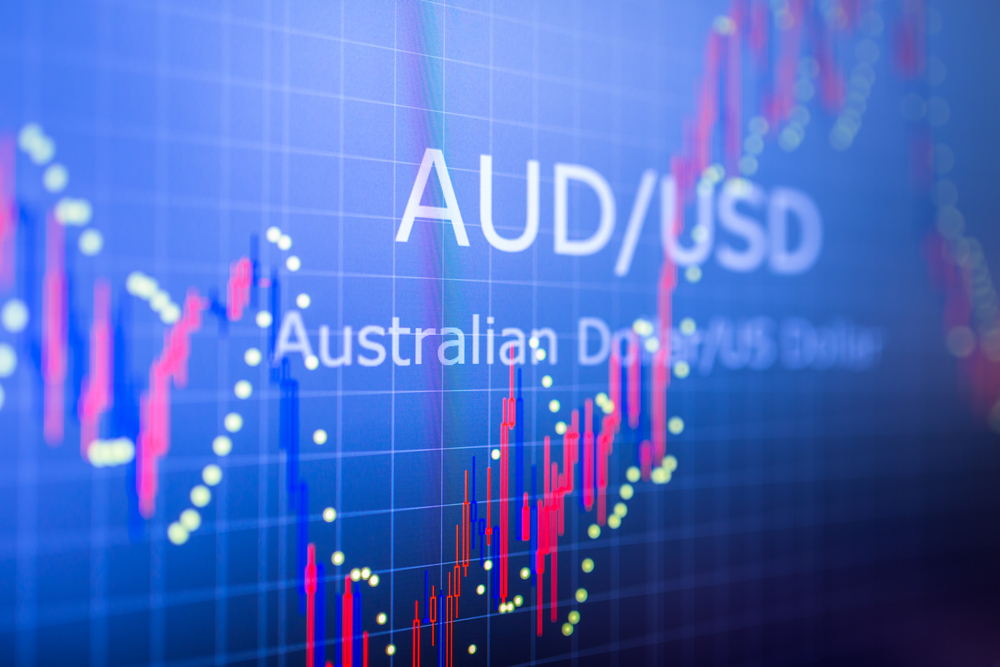- Summary:
- The Australian GDP is expected to fall from 0.5% to -0.4%, but the RBA's actions may allow the AUDUSD to continue to the upside.
At 1.30am GMT, the Australian GDP report will be released. Australia’s economy is expected to have shrunk from 0.5% to -0.4% as a result of the impact of the coronavirus pandemic. This is expected to be the first time GDP has fallen on a quarterly basis since the first quarter of 2011. This GDP reading is also coming on the back of several policy steps by the RBA as well as 2 emergency rate cuts.
The coronavirus pandemic forced the Australian government to institute lockdowns, travel restrictions and social distancing. These restrictions impacted business activity negatively, causing a steep drop in business conditions to -22. The loss of economic activity is expected to have initiated a similar drop in GDP to -0.4%.
Download our Q2 Market Global Market Outlook
Outlook for AUDUSD
If the Australian Q1 2020 GDP report is in line with the expectations or shows a small deviation on either side, I would expect the AUDUSD to continue on its bullish run as it would derive strength from other fundamentals already at play. The drop in GDP to the projected levels has already been factored into the price action. The pair is responding to the RBA’s moves to put the economy back on track. If this is the case, then the AUDUSD may get more momentum to push towards the 0.70034 price level (previous low of 23 April 2019 and the last high of 4 June 2019). However, the pair will need to break above the 0.68492 resistance (previous lows of 17 May and 14 June 2019) as well as the 0.69160 price level (earlier highs of 1 November 2019 and 15 January 2020). If price can surmount 0.70034 (which is close to the 0.7000 psychological resistance), we can expect the pair to move towards 0.70595 resistance target.
Only a figure that far approaches 10% would precipitate an adverse reaction from AUD bulls and force a profit-taking price retreat that could test the 0.0.67720 and possibly 0.66742. 0.65408 is a price level that interacts with the channel’s lower border.


